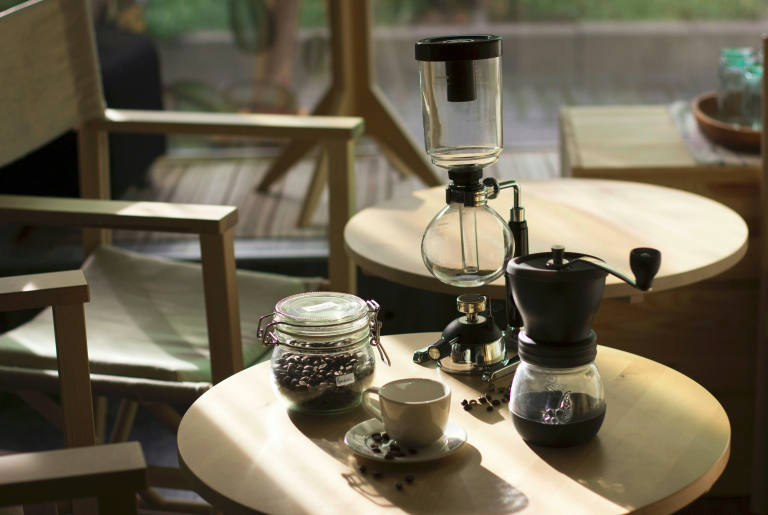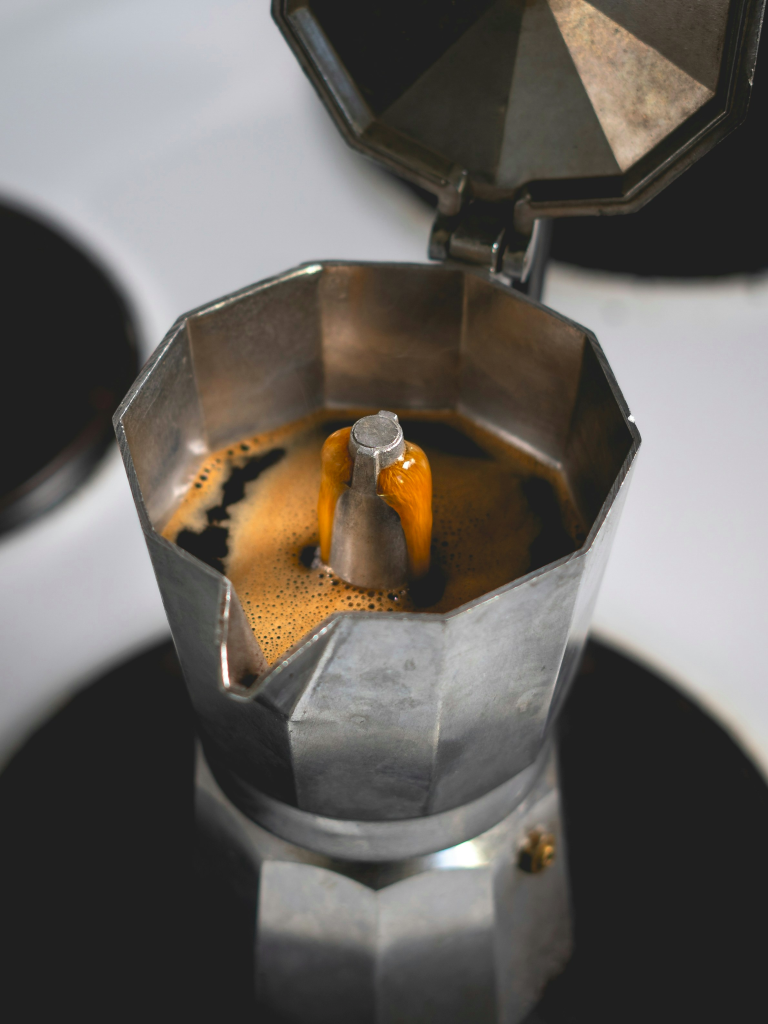Free Shipping on all U.S. orders $50+
The Ultimate Espresso Brewing Guide: Mastering the Art of the Perfect Shot

Espresso is the foundation of countless coffee drinks, yet pulling the perfect shot remains one of the most challenging brewing methods to master. This concentrated coffee beverage demands precision, consistency, and an understanding of how multiple variables work together to create that coveted balance of sweetness, acidity, and body topped with a rich, golden crema.
Understanding Espresso Fundamentals
Espresso is brewed by forcing hot water through finely ground coffee under high pressure (typically 9 bars) for 25-30 seconds. This rapid extraction creates a concentrated 1-2 ounce shot with a syrupy body and complex flavor profile that forms the base for lattes, cappuccinos, and other espresso-based drinks.
The hallmark of excellent espresso is achieving the right balance between extraction and concentration. Under-extracted shots taste sour and thin, while over-extracted shots become bitter and harsh. The goal is to hit that sweet spot where the coffee’s natural sugars, acids, and aromatic compounds harmonize perfectly.
Essential Equipment
Espresso Machine: Look for a machine that maintains stable temperature and pressure. Entry-level machines like the Gaggia Classic or Breville Barista Express offer good results, while prosumer options like the Rocket Appartamento provide more control and consistency.
Grinder: This is arguably the most critical component. A quality burr grinder capable of producing consistent, fine particles is essential. The Baratza Sette 270 or Eureka Mignon are excellent choices that won’t break the bank.
Scale: Precision matters in espresso. A digital scale accurate to 0.1 grams allows you to maintain consistent ratios and track your brewing variables.
Tamper: A properly fitted tamper ensures even compression of the coffee grounds. Look for one that matches your portafilter’s diameter exactly.
Coffee Selection and Preparation
Bean Choice: Fresh, quality beans roasted within 2-4 weeks of brewing produce the best results. Medium to medium-dark roasts typically work well for espresso, offering a balance of origin character and roast development.
Grind Size: Espresso requires a fine, consistent grind that resembles powdered sugar. The particles should be uniform to ensure even extraction. Adjust your grind based on extraction time – if shots pull too quickly, grind finer; if too slowly, grind coarser.
Dosing: Start with 18-20 grams of coffee for a double shot. Consistency is key, so weigh your dose every time rather than relying on volumetric measurements.
The Brewing Process
Step 1: Prepare Your Machine Ensure your espresso machine is properly heated and stabilized. Run a blank shot to heat the portafilter and group head. This typically takes 15-20 minutes for most home machines.
Step 2: Dose and Distribute Grind your coffee directly into the portafilter or transfer it carefully to minimize static. Distribute the grounds evenly using your finger or a distribution tool to eliminate any clumps or uneven areas.
Step 3: Tamp Place the portafilter on a stable surface and apply downward pressure with your tamper. Use approximately 30 pounds of pressure and ensure the surface is level. The goal is to create a uniform, compact bed of coffee.
Step 4: Brew Lock the portafilter into the group head and start your extraction immediately. Place your cup on the scale and start timing. The first drops should appear within 3-5 seconds, followed by a steady stream that resembles warm honey.
Step 5: Monitor and Adjust Watch for visual cues during extraction. The stream should be consistent and golden-brown. If it’s too light or fast, your grind is too coarse. If it’s too slow or the stream looks thin, your grind is too fine.
Dialing In Your Recipe
The standard espresso ratio is 1:2 (coffee to liquid output), meaning 18 grams of coffee should yield approximately 36 grams of espresso in 25-30 seconds. However, this is a starting point that can be adjusted based on taste preferences and bean characteristics.
Timing Adjustments: If your shot pulls faster than 25 seconds, grind finer. If it takes longer than 30 seconds, grind coarser. Make small adjustments – even minor changes can dramatically affect taste.
Ratio Modifications: Experiment with different ratios to find your preference. A 1:1.5 ratio produces a more intense, concentrated shot (ristretto), while a 1:2.5 ratio creates a longer, more diluted shot (lungo).
Troubleshooting Common Issues
Sour Shots: Usually indicate under-extraction. Try grinding finer, increasing dose, or checking water temperature (should be 200-205°F).
Bitter Shots: Often result from over-extraction. Grind coarser, reduce dose, or decrease brew time.
Uneven Extraction: Look for channeling, where water finds the path of least resistance. Ensure even distribution and proper tamping technique.
Poor Crema: Fresh beans, proper grind size, and correct pressure are essential for good crema formation. Beans older than 4 weeks rarely produce satisfactory crema.
Advanced Techniques
Pre-infusion: Many modern machines offer pre-infusion, which wets the coffee grounds at low pressure before full extraction. This can improve extraction evenness and flavor clarity.
Temperature Surfing: On single-boiler machines, timing your shot after the heating element cycles can help achieve more consistent brewing temperatures.
Profiling: Advanced users can experiment with pressure profiling, varying the pressure throughout the extraction to highlight different flavor characteristics.
Maintenance and Consistency
Regular cleaning and maintenance are crucial for consistent results. Backflush your machine weekly with cleaning powder, descale monthly depending on water hardness, and replace group head screens as needed.
Keep detailed notes of your brewing parameters – dose, grind setting, timing, and yield. This allows you to replicate successful shots and troubleshoot issues more effectively.
The Path to Mastery
Espresso brewing is a skill that develops over time. Start with the fundamentals, focus on consistency, and make incremental adjustments based on taste. Remember that even professional baristas continue learning and refining their technique.
The journey to espresso mastery is as rewarding as the destination. Each shot offers an opportunity to better understand how variables interact and how small changes can dramatically impact flavor. With patience, practice, and attention to detail, you’ll develop the skills to consistently pull exceptional espresso shots that rival those from your favorite café.
Whether you’re starting your espresso journey or looking to refine your technique, remember that the best shot is the one that tastes perfect to you. Use these guidelines as a foundation, but don’t be afraid to experiment and develop your own preferences. After all, the ultimate goal is to create espresso that brings you joy with every sip.



